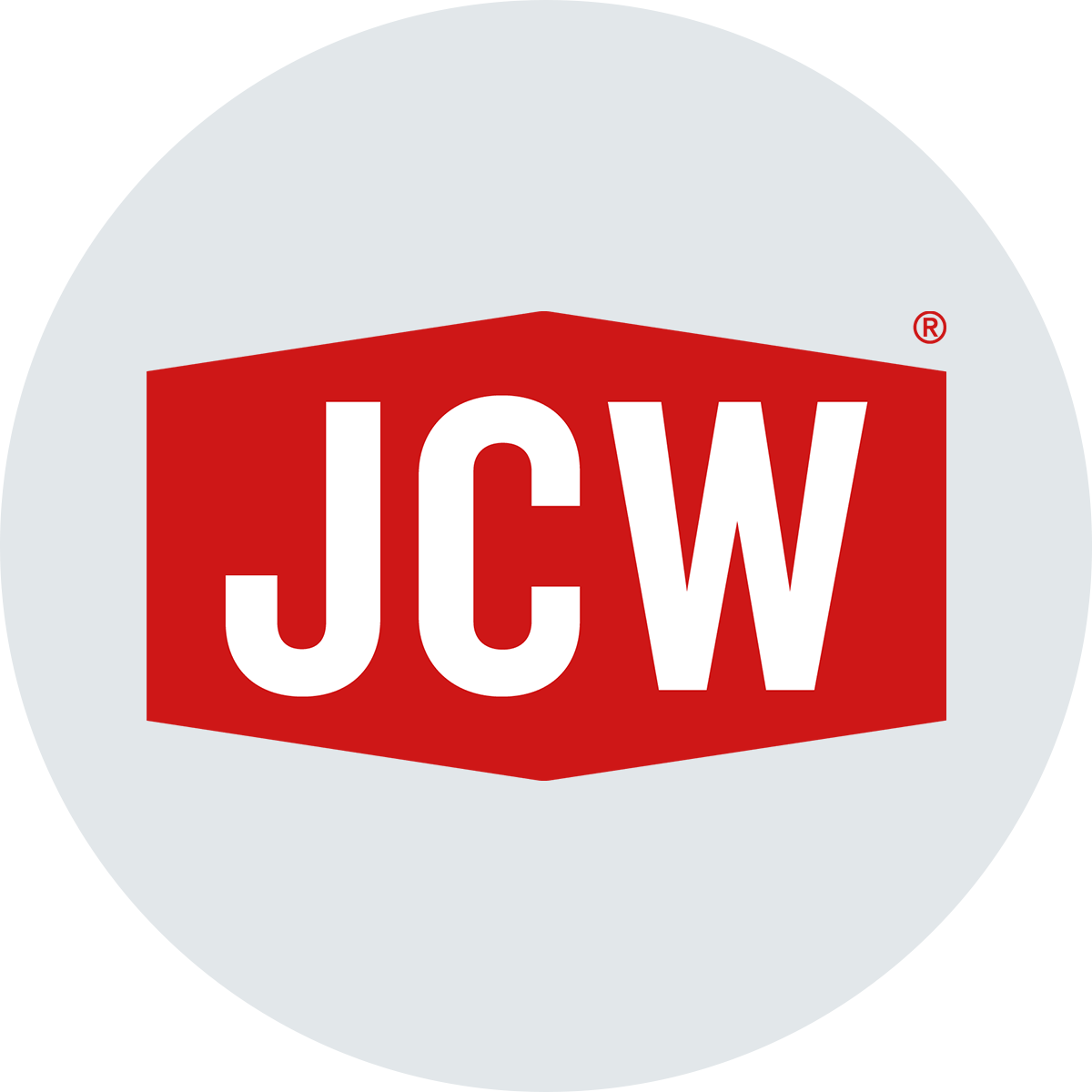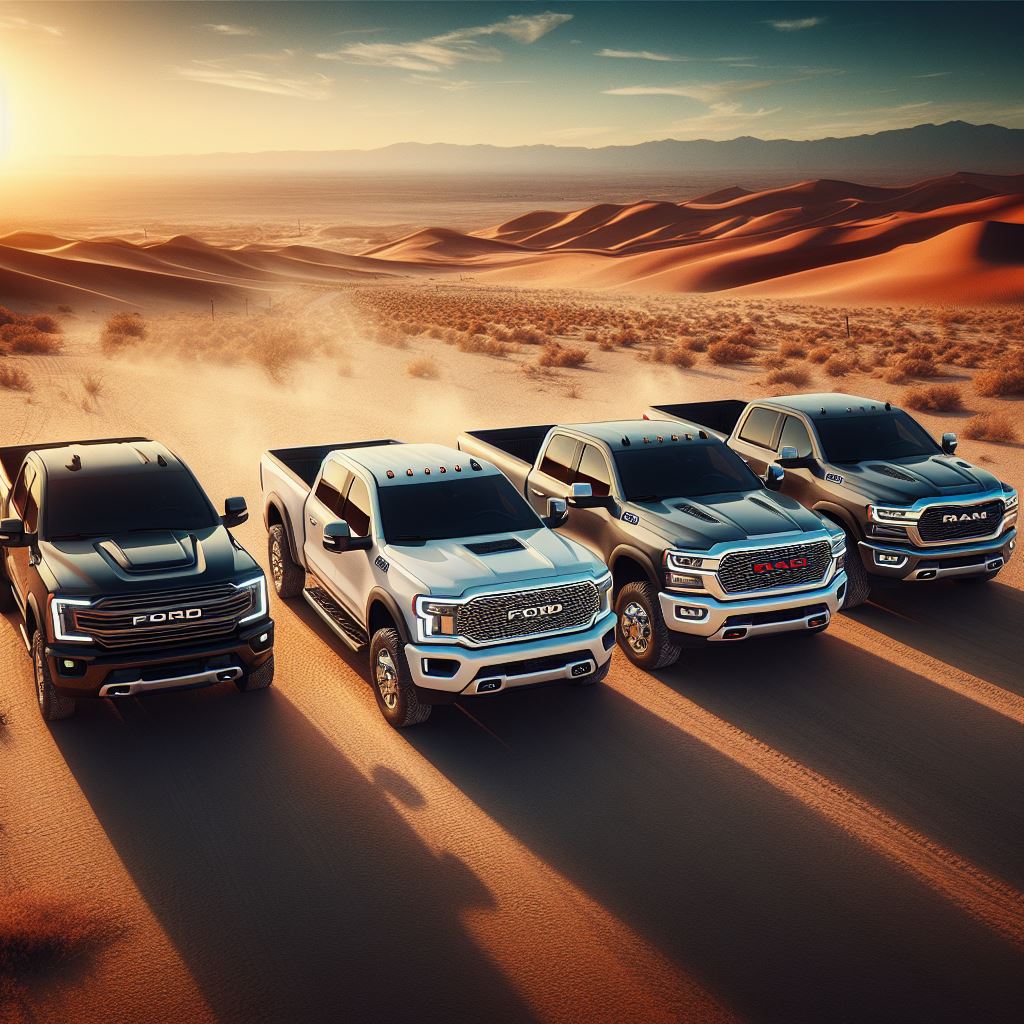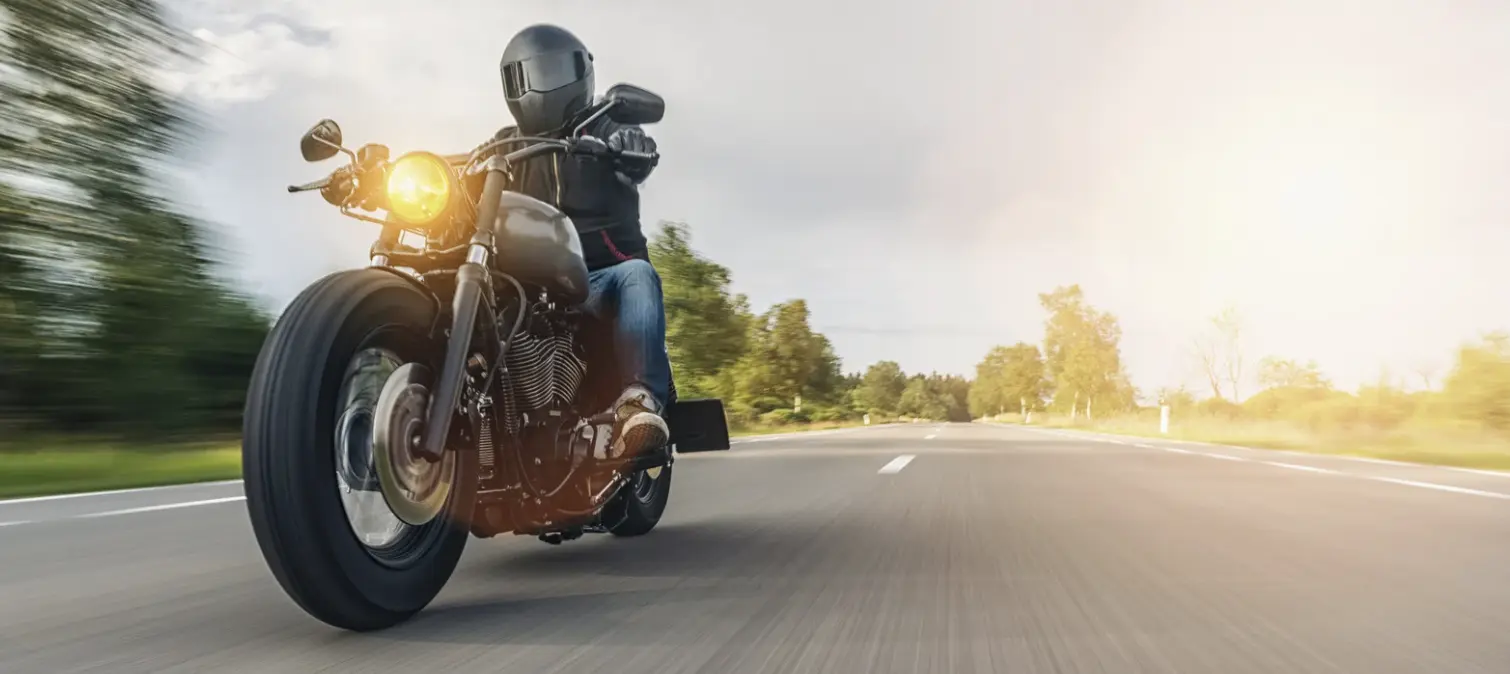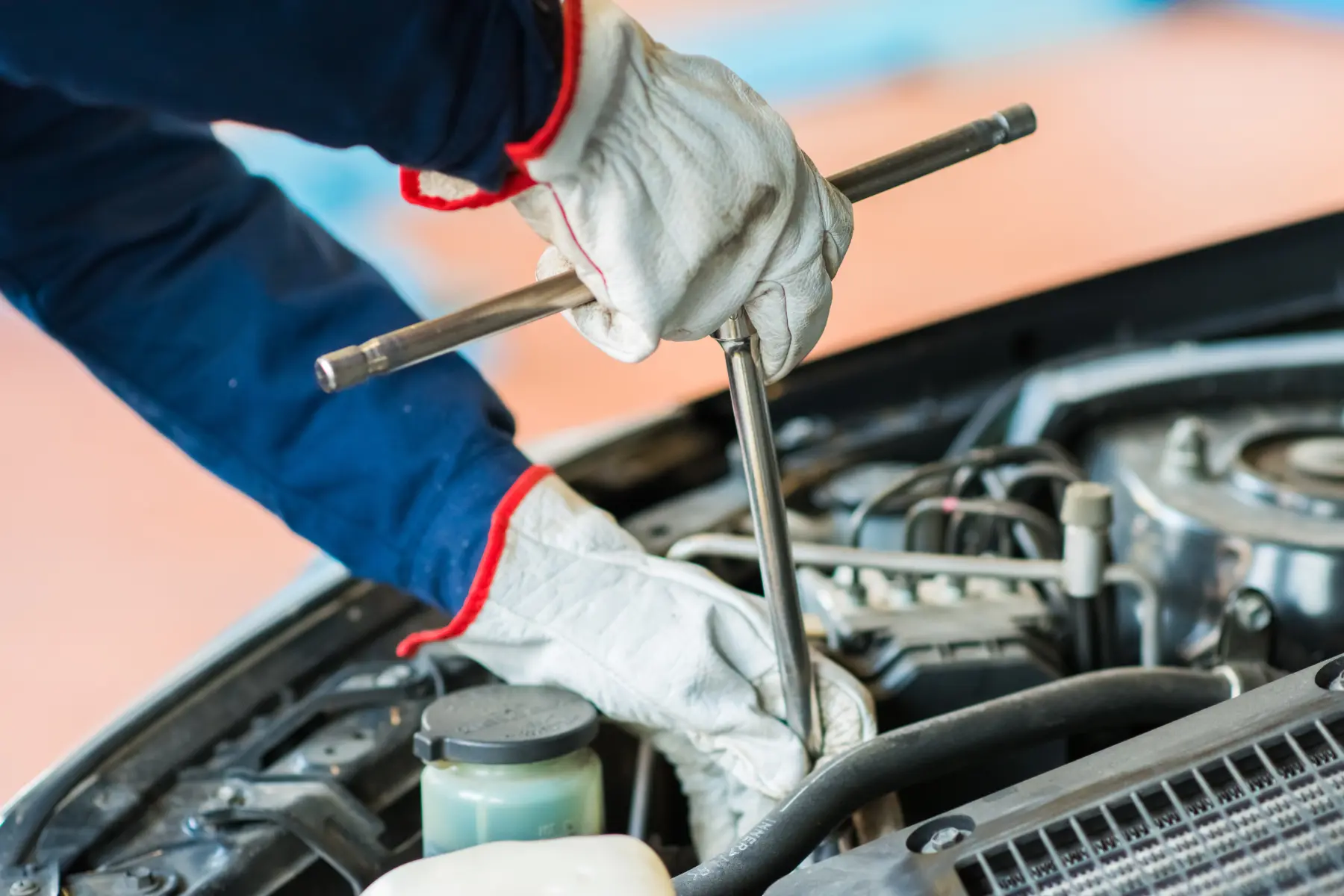When we think of a classic car, we often picture vintage American muscle, Model-Ts, or the supercars of yesteryear, but maybe it’s time for a new definition. It’s always great to see a rare old car of a make or model that’s hard to come by, but sometimes when we glimpse an older car it’s simply because even after years of daily driving, it still runs great and shows no signs of letting up. In other cases it could also be that the car has shed its share of parts, but that they were easy to come by and the mechanical components made the car easy to repair. In either case, for the purposes of this article we’re thinking of classic cars as enduring ones—cars that lived long past their peers and continue to function for daily commutes as well as road trips. Across the three most crucial categories (stylish, no-frills, and truck) here are the oldest cars you’re likely to see still out there on the road every day.
VW Bug

The Volkswagen Beetle, affectionately known as the VW Bug, has earned its reputation as a reliable and long-lasting car through a combination of simple engineering, robust construction, and efficient design. Its air-cooled, rear-mounted engine is notably durable, requiring less maintenance than conventional water-cooled engines. The simplicity of its mechanical components means fewer parts that could fail, contributing to its longevity and ease of repair. Throughout its production, the VW Bug was built with a focus on quality and reliability, using materials and manufacturing processes designed to withstand the rigors of daily use and varying driving conditions. These characteristics, combined with a worldwide network of parts and knowledgeable mechanics, have allowed many VW Bugs to remain on the road for decades, becoming beloved classics cherished by enthusiasts and daily drivers alike.
Nissan Skyline

The Nissan Skyline, especially renowned for its GT-R variants, has built a reputation for reliability and longevity, rooted in Nissan’s commitment to engineering excellence and quality manufacturing. A key factor in the Skyline’s enduring performance is its robust engine design, particularly the RB series engines known for their strength and tunability. These engines are engineered to withstand high performance and stress, making them ideal for both daily driving and competitive racing. Additionally, the Skyline’s advanced technology and drivetrain components are designed to deliver not only thrilling performance but also reliability over long periods. High-quality materials and precise assembly processes ensure that each vehicle maintains its integrity and performance capabilities. The Skyline’s cult status among enthusiasts has also fostered a vast community of support, with an abundance of knowledge, spare parts, and aftermarket options available to maintain and enhance these vehicles. This combination of engineering, community support, and the vehicle’s adaptability to upgrades makes the Nissan Skyline a lasting symbol of automotive excellence.
Volvo 240
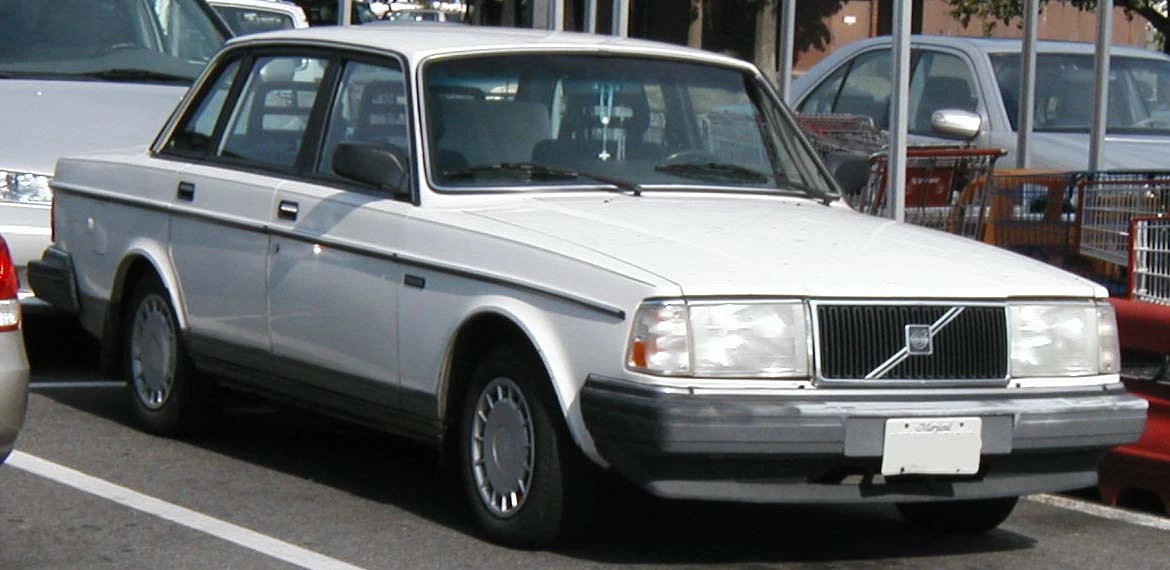
The Volvo 240 is celebrated for its reliability and longevity, attributes that stem from Volvo’s engineering philosophy focused on safety, durability, and simplicity. Introduced in the 1970s and produced for nearly two decades, the 240 series was built with a robust body structure, renowned for its ability to withstand severe impacts, contributing to the vehicle’s durability over time. The car’s drivetrain, particularly its four-cylinder engines, were designed for simplicity and ease of maintenance, making them less prone to failure and easier to repair than more complex engines. These engines, known for their conservative power output, were not stressed under normal driving conditions, contributing to their long service life. Additionally, the 240’s mechanical parts are over-engineered, meaning they were built to exceed the demands placed upon them, further enhancing their lifespan. The availability of parts and a dedicated fan base also play a significant role in the model’s longevity, with a wealth of knowledge and resources available for maintaining and restoring these vehicles. Altogether, these factors have cemented the Volvo 240’s status as a reliable, long-lasting car that continues to be cherished by enthusiasts and daily drivers alike.
80s Mercedes W123 & W126
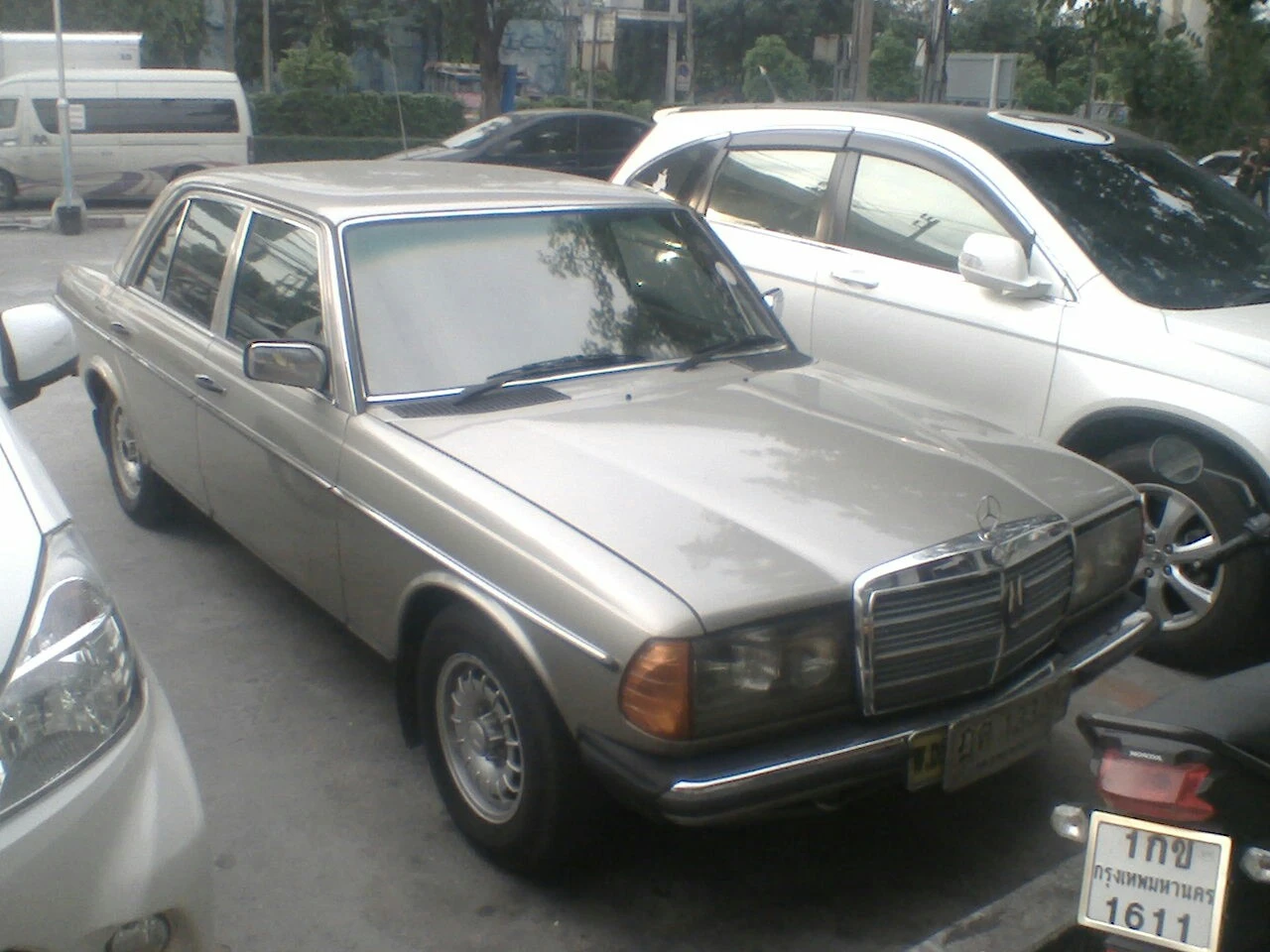
1980s Mercedes sedans, particularly models from the W123 and W126 series, are heralded for their reliability and longevity, a testament to Mercedes-Benz’s engineering prowess and commitment to quality. These cars were constructed with unparalleled attention to detail, utilizing high-grade materials and advanced corrosion protection techniques, ensuring their resilience against wear and tear. The engines and drivetrains in these sedans were over-engineered to endure high mileage with minimal maintenance, featuring robust design elements that prioritize durability over performance. Mercedes’ meticulous assembly process and stringent quality control measures further contributed to the vehicles’ lasting nature. Additionally, the simplicity of mechanical components, compared to today’s more electronically dependent cars, means fewer points of failure and easier, more cost-effective repairs. The enduring legacy of 1980s Mercedes sedans is also supported by a loyal community of enthusiasts and a plentiful supply of parts, allowing these distinguished vehicles to remain on the road and in demand among collectors and daily drivers alike.
Honda Accord
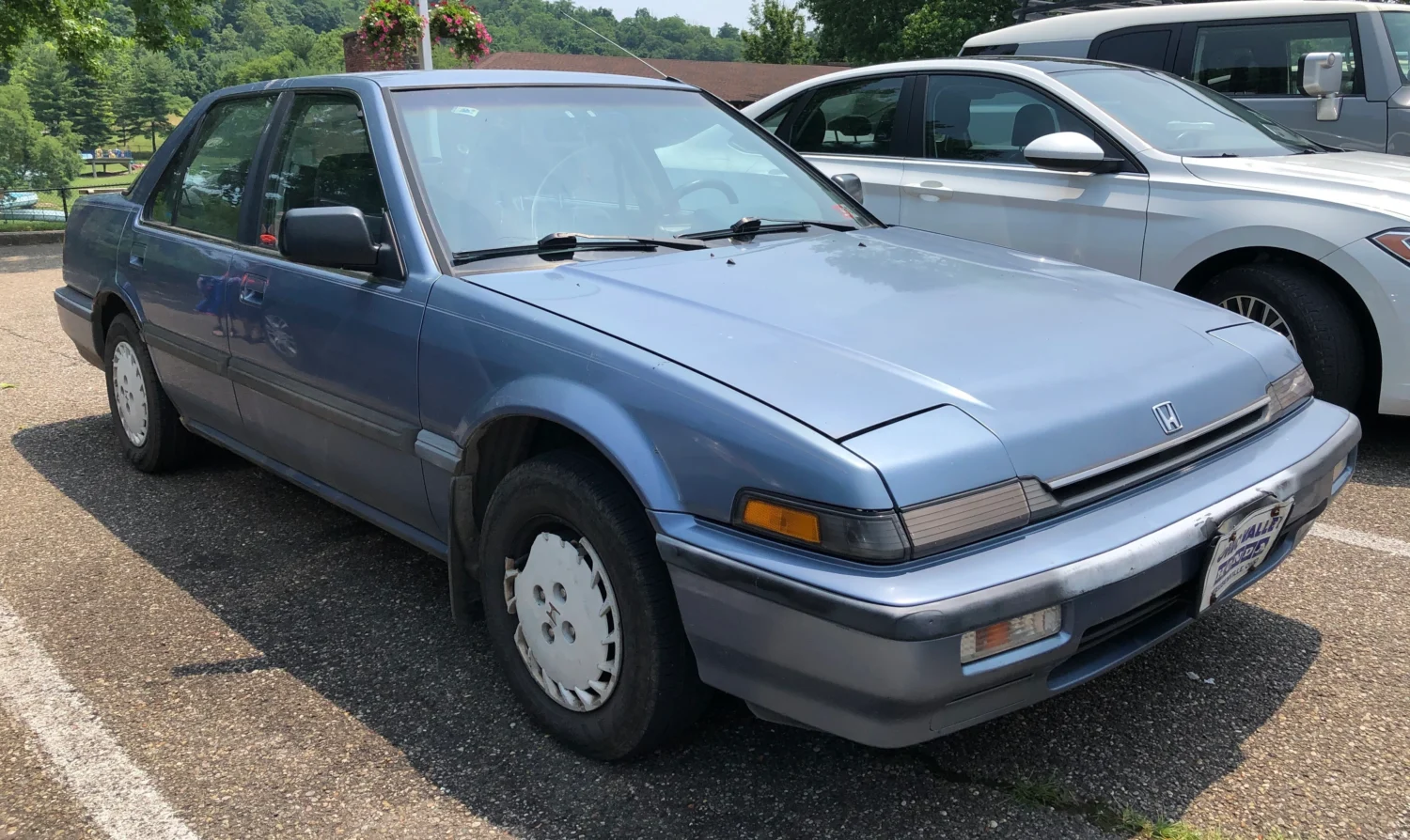
The Honda Accord’s reputation for reliability and longevity is a result of Honda’s dedication to engineering excellence, quality manufacturing, and innovative design. Key to the Accord’s enduring nature is its efficient and well-engineered powertrain, which offers a balance of performance and durability. Honda’s use of high-quality materials and parts ensures that the Accord can withstand the rigors of daily use with minimal wear. The vehicle’s design emphasizes simplicity and functionality, reducing the likelihood of mechanical failures and making repairs straightforward and less costly. Regular maintenance tends to be easier and more affordable, thanks to the Accord’s accessible engine layout and the widespread availability of parts. Furthermore, Honda’s commitment to rigorous testing and quality control from the outset means each Accord is built to last. This combination of reliability, cost-effectiveness, and user-friendly design has cemented the Honda Accord’s status as a favored choice among drivers seeking a dependable vehicle that stands the test of time.
Toyota Corolla
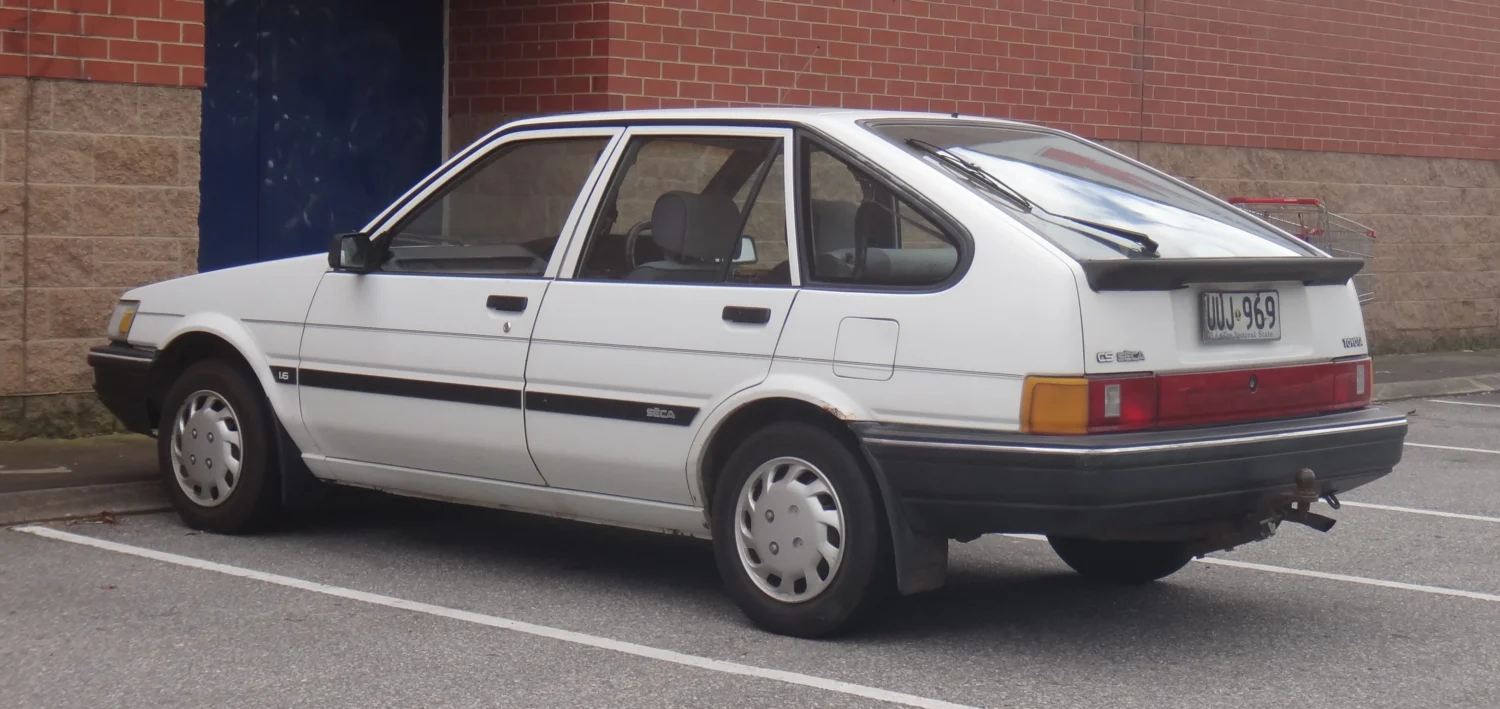
The Toyota Corolla’s standing as a reliable and long-lasting car is anchored in Toyota’s overarching approach to quality, durability, and engineering precision. At the heart of the Corolla’s reliability is its powertrain, designed to deliver consistent performance with minimal maintenance over many years. Toyota’s commitment to using high-quality materials and components ensures that the Corolla can endure the daily demands placed on it, from city driving to long highway commutes. The vehicle benefits from Toyota’s philosophy of continuous improvement (Kaizen), which means each generation incorporates lessons learned from previous models, further enhancing reliability. Simplicity plays a key role as well; the Corolla’s design avoids unnecessary complexity, making it easier to maintain and repair. Additionally, the global popularity of the Corolla has created a vast network of parts availability and shared knowledge among mechanics and owners alike. This blend of thoughtful engineering, quality construction, and widespread support contributes to the Toyota Corolla’s reputation as a car that can reliably serve its owners for hundreds of thousands of miles. If you want a car like this that’s simple but still want something a little out of the ordinary, you could also look into the Geo Prizm which is essentially a Corolla with a different name.
90s F-Series
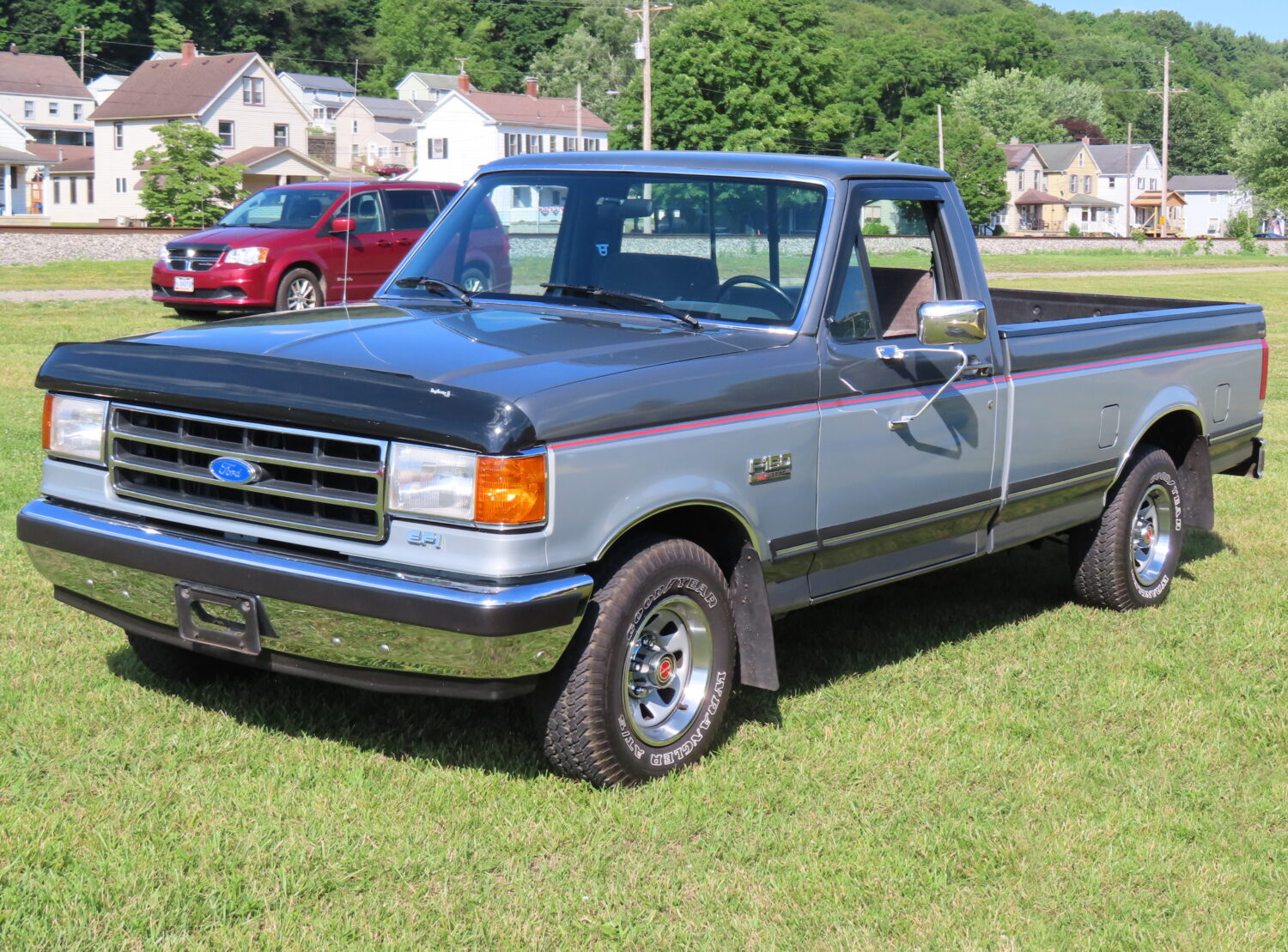
The 1990s Ford F-Series trucks are renowned for their reliability and longevity, a testament to Ford’s commitment to durability and robust construction. These trucks feature sturdy body-on-frame designs, providing a solid foundation resistant to stress and wear. The era’s F-Series were powered by a range of reliable engines, including the iconic 4.9L inline-six, the 5.0L and 5.8L V8s, and the 7.3L Power Stroke diesel in later models. These powertrains are celebrated for their simplicity and ease of maintenance, contributing to the trucks’ enduring performance. Ford’s engineering focused on creating vehicles that could withstand the rigors of heavy use, whether on the farm, the job site, or the open road, without compromising on performance. The 1990s F-Series also benefited from Ford’s attention to corrosion resistance, helping to extend the lifespan of the trucks even in harsh environments. Additionally, the widespread popularity of these trucks has ensured a plentiful supply of replacement parts and a wealth of knowledge within the enthusiast community, further supporting their longevity. Collectively, these qualities have cemented the 1990s F-Series trucks as reliable workhorses capable of serving their owners for decades.
80s Toyota Pickup

The 1980s Toyota pickups are celebrated for their exceptional reliability and durability, qualities rooted in Toyota’s rigorous engineering standards and minimalist design philosophy. These trucks were built with a focus on functionality and simplicity, featuring robust, straightforward mechanical components that are easy to maintain and repair. The era’s pickups were powered by dependable engines, such as the 22R series, known for their durability and efficiency. Toyota’s commitment to quality ensured that these vehicles could withstand harsh conditions, frequent use, and high mileage with minimal issues. The use of high-quality materials and protective coatings contributed to their resistance against rust and corrosion, further extending their lifespan. Additionally, the global popularity of Toyota’s pickups has ensured a strong supply of parts and a dedicated community of enthusiasts and mechanics. This combination of reliable engineering, easy maintenance, and widespread support has made the 1980s Toyota pickups a favorite among those seeking a long-lasting and dependable vehicle.
99 Nissan Frontier
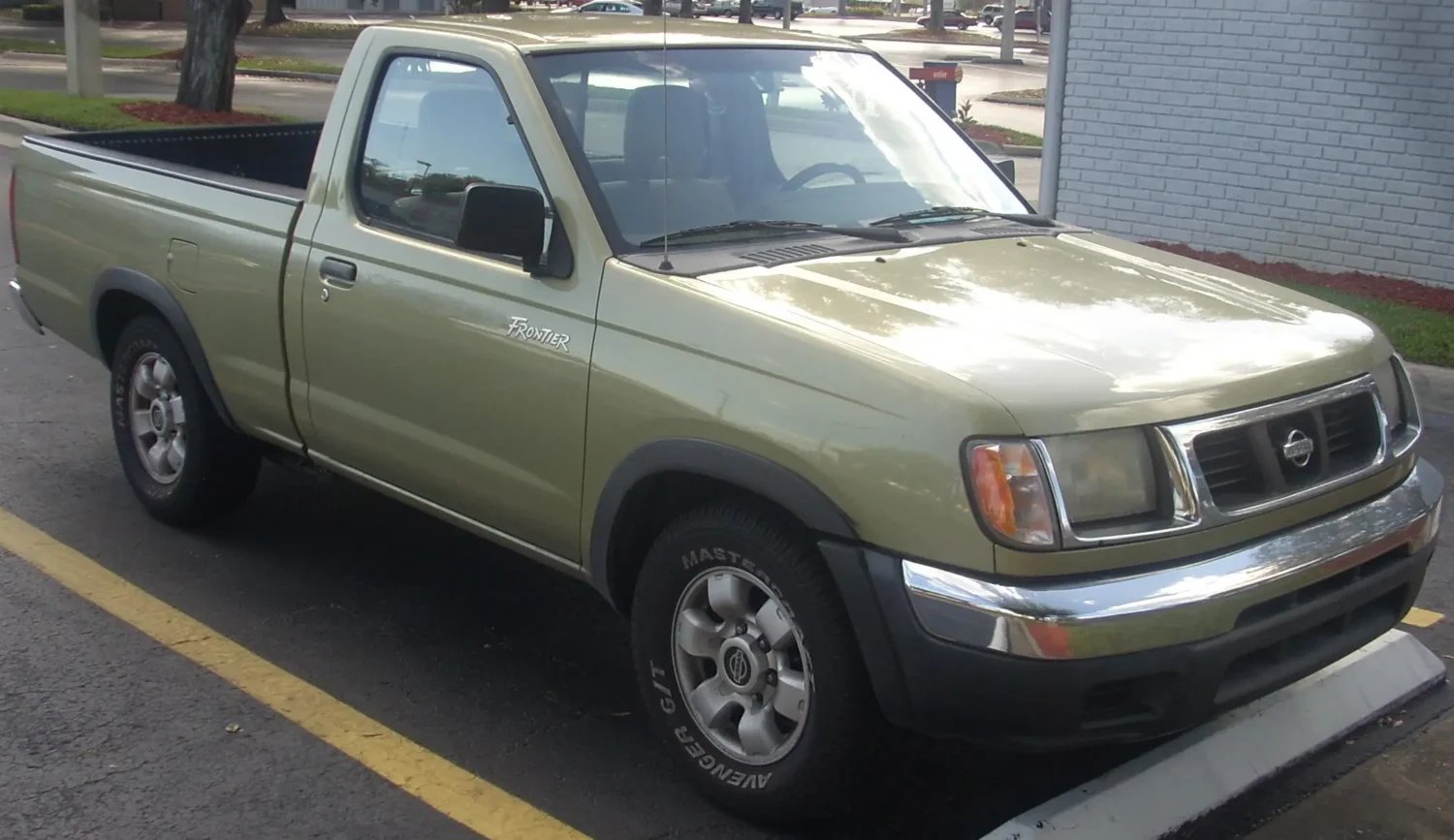
The 1999 Nissan Frontier stands out as a reliable and long-lasting truck due to its straightforward design, durable construction, and robust powertrain. Introduced during a period when Nissan emphasized building vehicles that could endure rigorous use, the ’99 Frontier features a solid body structure and a simple yet effective suspension setup that contributes to its overall durability. The truck is powered by a choice of reliable engines, including a 2.4L four-cylinder and a more powerful 3.3L V6, both known for their longevity and low maintenance requirements. Nissan’s focus on quality manufacturing and the use of high-quality materials help the Frontier resist wear and tear, making it capable of high mileage with proper care. Additionally, the 1999 Frontier’s mechanical simplicity means that repairs are generally straightforward and cost-effective, further enhancing its reputation as a dependable workhorse. The combination of these factors, along with a strong community of enthusiasts and readily available parts, has cemented the 1999 Nissan Frontier’s status as a reliable, long-lasting truck.

